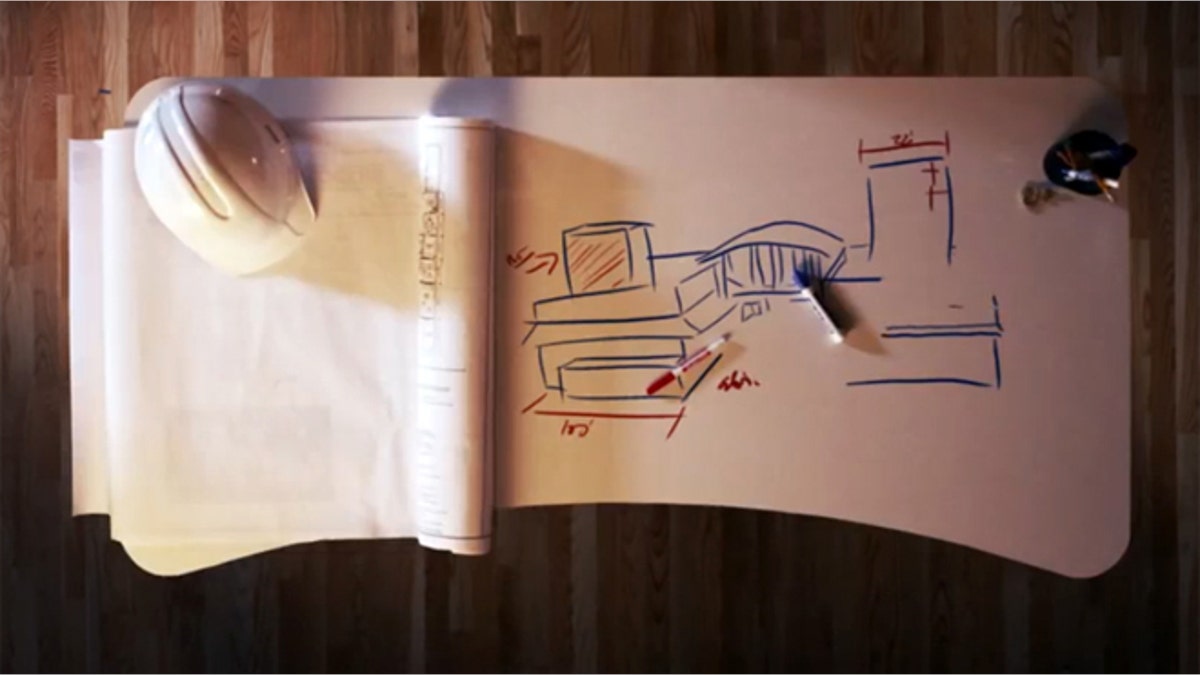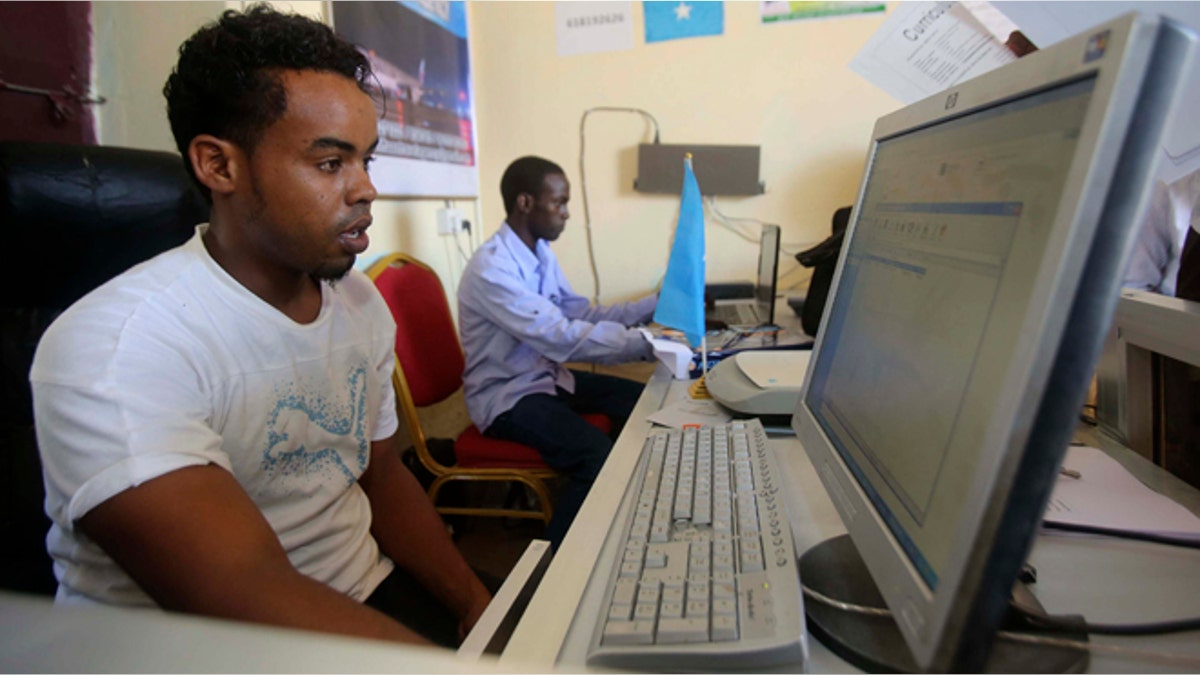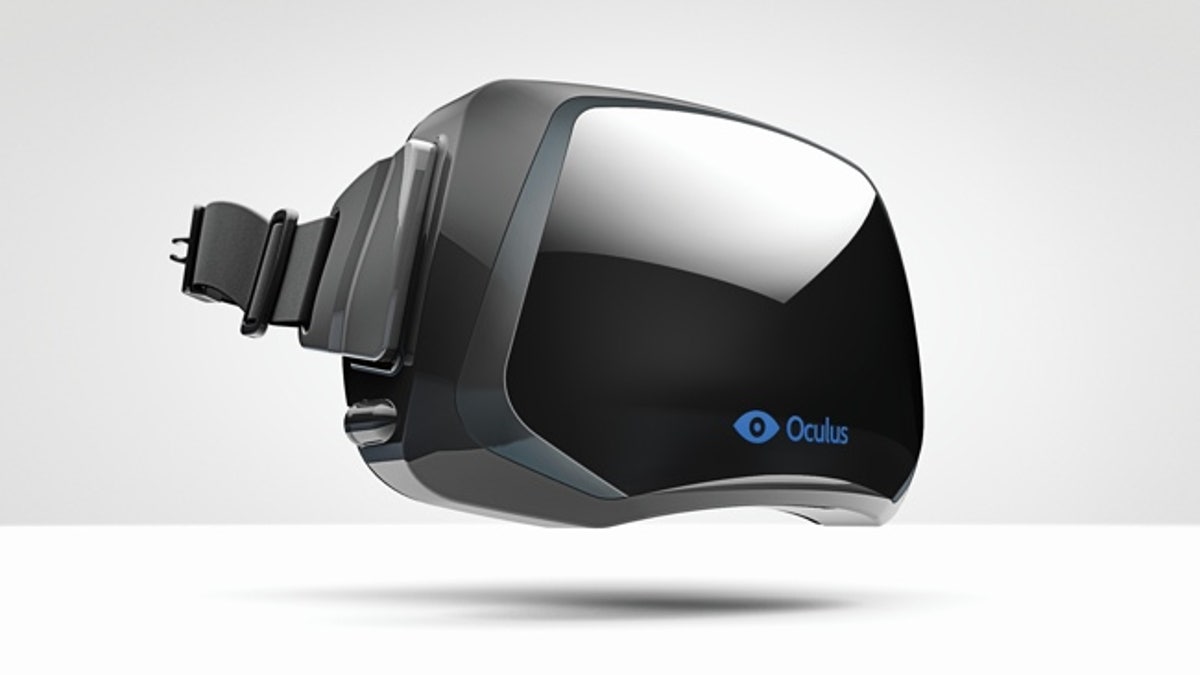Be careful as you read this -- you might be suffering from screen apnea.
The condition involves holding your breath for short periods, and it happens when you become fixated on your screen. You anticipate the next link, think about your workload or stress out over deadlines. Similar to sleep apnea, the stress-induced shallow breathing can cause insomnia, inflammation, food cravings and a host of other health-related problems.
There are a number of other technology-related conditions going around this year, some more serious than others. Here are the symptoms – and what you can do about them.
1. Present Shock

(Current Hardcover)
Even as you read this, you might get a tweet or a text message. That constant state of awareness is called Present Shock, a term coined by Douglas Rushkoff in his book of the same name. Rushkoff says we’re all so busy trying to keep up and stay connected that we are not actively engaged in what’s happening now. If you feel a compulsive tug from tech every minute, then you have it, he says. “The only people who lived under such duress before this were 911 operators or air traffic controllers – and they did it as a job, not as a way of living.” He says we all need to learn to budget our time better and manage interruptions.
2. Screen Apnea

(MyUpDesk/Youtube)
Linda Stone, a former executive at Apple and Microsoft, coined this term in 2009 to describe how we fixate on our screens and email, causing respiratory problems. “We lean in with arms forward, shoulders forward and chest caved in,” she says. “This posture cannot support optimal breathing.” What to do? Stone says a standing-up desk like the Updesk can improve your posture. Apps like HeartMath emWave2,JustGetFlux.com and Focus@Will encourage you to take breaks and track usage; they force you to use tech in a healthier way.
3. Single Plane Eye Strain

(Reuters)
Here’s one you can test on yourself right now. If you look at your computer screen, you’ll see only one plane of reality. Now glance out the window and you’ll see millions of planes. Too much computer and smartphone usage means we lack sensory dynamism, or the input from the world around us. Stare at a screen all day and your eyes will focus on the same plane, says Dr. Neema Moraveji, head of the Calming Technology Lab at Stanford. It’s a serious problem; our pupils dilate, we strain too much and we’re always on edge. One solution is to work by a window and glance outside occasionally.
4. VR Legs

Someday, devices like the Oculus Rift will occupy our attention. The virtual reality headset shows a 3D world in front of you, one that we perceive as real. As you “walk” by, moving controllers or making gestures, your real legs stay firmly in place. And that can create a condition known as VR Legs, where our brains don’t quite understand that we’re not actually moving. The remedy for this one isn’t clear – some experts say we might need a VR legs injection to fool our brains into thinking our legs are moving when they are stationary.
5. Brain Shift

(Baen)
Be careful with this one. Science-fiction author Charles Gannon says that as we become more mentally stimulated by electronic entertainment and media, our brains get more accustomed to that form of stimulation. We go from console game to online television shows to e-mail to online chat rooms. He calls it Brain Shift. “We may be weakening our resistance, our bodies and certain aspects of our mind,” he says. The answer? Go analog every now and then; fix a broken sink, read a book, or just explore the real world.




















